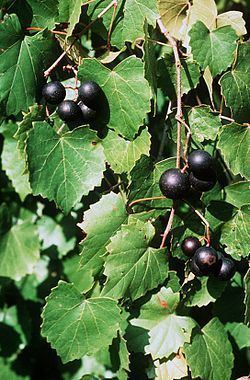Clade Angiosperms Rank Family | Scientific name Vitaceae Higher classification Vitales | |
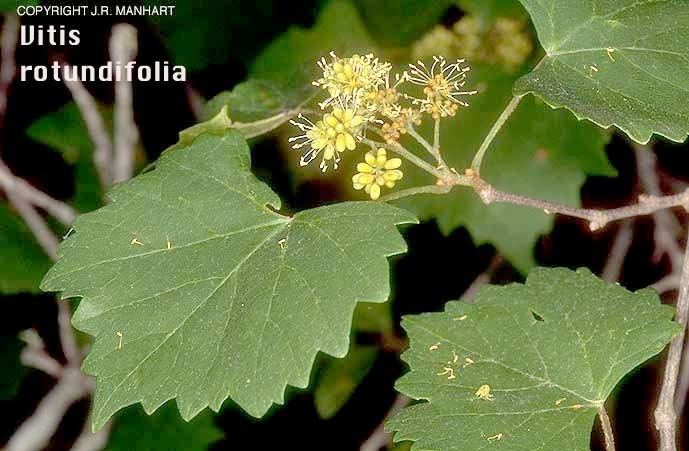 | ||
Order Vitales; Juss. ex Bercht. & J.Presl Lower classifications Grapevines, Common Grape Vine, Treebine, Parthenocissus, Parthenocissus tricuspidata | ||
Cissus verticillata princess vine uva do mato vitaceae
The Vitaceae are a family of dicotyledonous flowering plants, with 14 genera and ca 910 known species, including the grapevine and Virginia creeper. The family name is derived from the genus Vitis. The name sometimes appears as Vitidaceae, but Vitaceae is a conserved name and therefore has priority over both Vitidaceae and another name sometimes found in the older literature, Ampelidaceae. In the APG III system (2009) onwards, the family is placed in its own order, Vitales. Molecular phylogenetic studies place the Vitales as the most basal clade in the rosids.
Contents
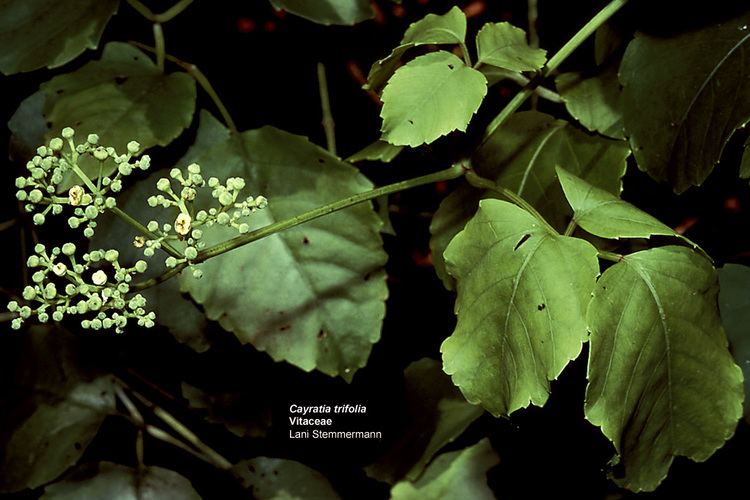
In the Cronquist system, the family was placed near the family Rhamnaceae in order Rhamnales.
Most Vitis species have 38 chromosomes (n=19), but 40 (n=20) in subgenus Muscadinia, while Ampelocissus, Parthenocissus, and Ampelopsis also have 40 chromosomes (n=20) and Cissus has 24 chromosomes (n=12).

The family is economically important as the berries of Vitis species, commonly known as grapes, are an important fruit crop and, when fermented, produce wine.
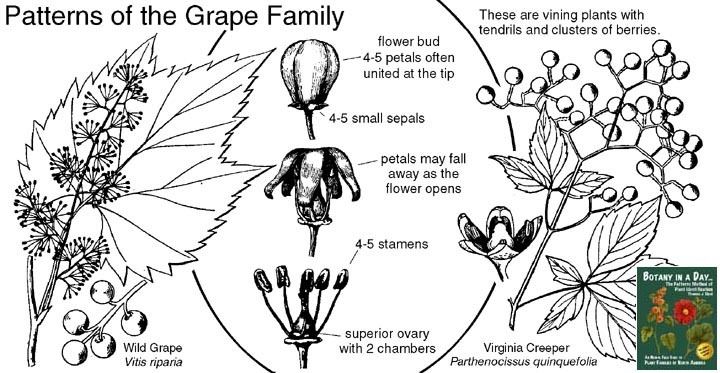
Species of the genus Tetrastigma serve as hosts to parasitic plants in the family Rafflesiaceae.
Leea, sometimes classified in its own family, Leeaceae, is included in Vitaceae by APG IV (2016) and the Angiosperm Phylogeny Website.
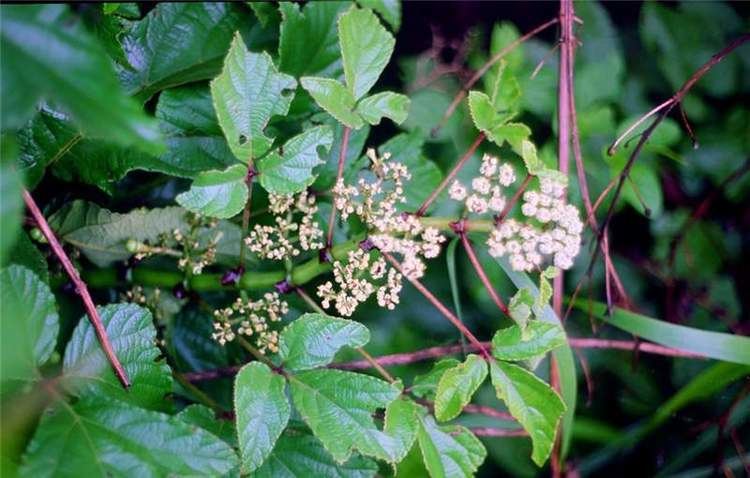
Vitaceae
Earliest fossil history
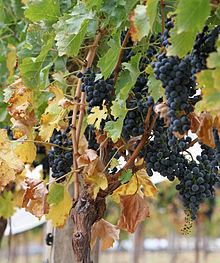
Well preserved-fruits of Indovitis chitaleyae containing seeds with similar morphology to the Vitaceae have been recovered from Late Cretaceous Deccan intertrappean beads of several sites in central India. These fruits and their dispersed seeds found in the same sediments, about 66 million years old, represent the oldest known fossils of the grape family. The fossil fruits containing 4 to 6 seeds are very similar to extant Vitis.
